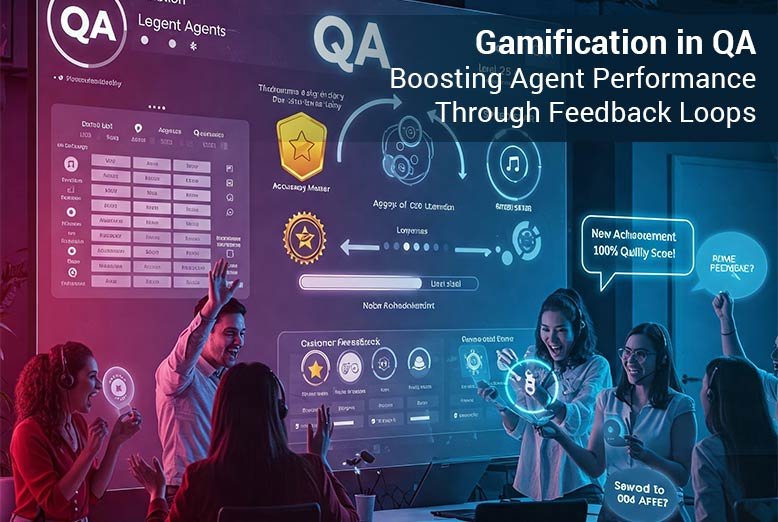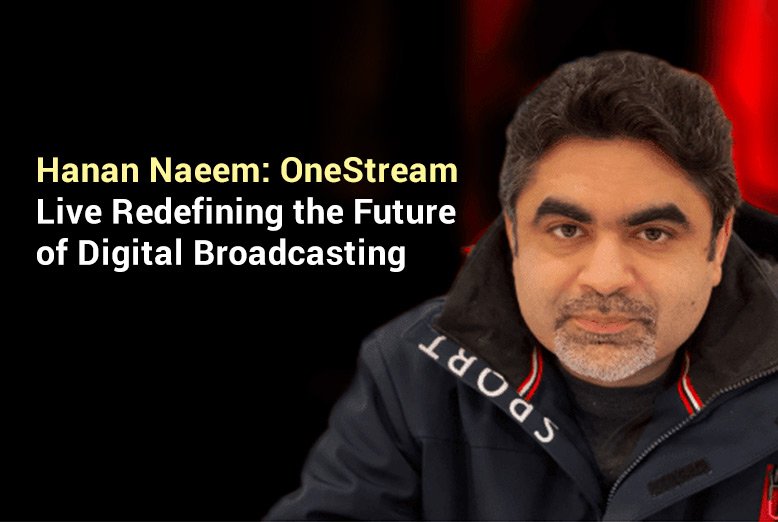Offline to Online initiative aims at creating a link
The India e-commerce giant Reliance could launch its “new commerce” venture around Diwali.
The offline to online initiative aims to link traders, producers, small merchants, brands and consumers through technology. The retail arm of the company has been working on its new commerce plan for nearly two years. As of now, it operates neighborhood stores, hypermarkets, supermarkets, wholesale, specialty, and online stores.
E-commerce venture to launch in two phases
“Mukesh Ambani’s Reliance is planning to launch its e-commerce venture in two phases– one, soft launch around Diwali, and then a full-fledged by December-January. A Diwali Dhamaka launch plan may entail discounts that other online retailers also offer,” said an official. Further, he said, RIL is initially looking to target at the consumption basket which includes soaps, staples, shampoos and other household items.
The company is offering the local merchants by signing them up to an online-to-offline marketplace. The similar business model was pioneered by Chinese e-commerce giant Alibaba Group Holding Ltd. A consumer searches for the product or service online but buys it from a physical store under the O2O model. This will allow Reliance to consolidate merchants, who in turn will provide to the local demand but also help the company in saving the costs. It will also help Reliance Retail to enter areas that are currently outside the scope of online retailers.
Reliance Retail plans to connect 30 million neighborhood stores
A retail consultant who is aware of the matter on the condition of anonymity said, “RIL will be using kirana stores for keeping their wares and for last-mile delivery. So, they become part of the supply chain. Also, since Reliance Retail is fully home-grown, they don’t have any FDI regulations to follow. They can keep inventory.”
Through this venture, Reliance Retail is planning to connect as many as 30 million neighborhood stores. The company plans to offer a discount and offers through text messages to customers to test the market. This is done to study the consumption pattern like who lives where and who buys what.













